
Alex Outhwaite tells the story of Baltazar Uscha, an indigenous Ecuadorian man whose lifelong career of collecting ice from the country's highest peak, Chimborazo, has made him acutely aware of glacial melt due to climate change. Today, his focus is on educating others about the impact of rising temperatures on our planet...
Chimborazo doesn't get a huge amount of passing tourist traffic. Without the draw of the Amazon or the ease of the coastal roads leading up from the border with Peru and into Colombia, the central Ecuadorian province is often overlooked by the average traveller. Once a month, however, Tren Crucero — the 'flagship' train operated by Tren Ecuador — makes the journey from Quito to Guayaquil, passing Cotopaxi volcano and stopping in Urbina, the highest point on the Ecuadorian Railway.
The stunning vistas aren't the only reason Tren Crucero stops in Urbina. It is also home to a local celebrity, who with the interest of the international train passengers and a prominent filmmaker has become an accidental global environmental figure and climate activist. Baltazar Ushca is known as 'The Last Iceman', and now in his 70s he started climbing Mount Chimborazo, Ecuador's highest peak at only 15 years old, following in the footsteps of fathers and sons for generations before him.
My fellow passengers and I filed off the train to meet Baltazar at the small wooden station building, grabbing our scarves as we noticed the temperature was already much lower, and the air thinner, despite only being in the shadows of the mountain.
For generations the so-called 'icemen' or 'hieleros' would climb to Chimborazo's glacial ice mines twice a week, 'harvesting' the ice and carrying it back down to sell at surrounding markets like Riobamba's Saturday market. The glacial ice of Chimborazo was previously highly prized by locals for a number of reasons. In addition to its supposed numerous health benefits, only a couple of decades ago, purchasing ice from the hieleros was the only way that some surrounding villages could source ice for refrigerating food. These days, of course, with most homes having electricity and the ability to buy ice cheaply from factories, the glacial ice isn't in as much demand and is now only used for speciality fruit juices and ice creams.
Previously, Baltazar shared his occupation with some 40 other men in four or five groups, including his brothers, Gregorio and Juan, but over the years other more profitable forms of work have drawn each man away from the Chimborazo ice trade leaving Baltazar as the last iceman standing, meaning he makes the twice weekly long climb alone, with just his donkeys for company.
Every Thursday and Friday, no matter what the season or the weather, Baltazar makes the seven hour climb to the glaciers of Chimborazo. Located just one degree south of the Equator where the Earth's bulge is the largest, at 6,268m the snow-topped peak of Mount Chimborazo is the closest point on Earth to the sun and the highest point above the Earth's centre. In the 17th and 18th centuries it was considered to be the highest mountain on Earth and this belief led to many summit attempts by European explorers, including geographer Alexander von Humboldt, who in 1802 had to admit defeat due to altitude sickness.
Baltazar appears neither affected by the altitude nor the cold, as he regularly climbs in the same attire he met us in; a traditional pillarbox red poncho over a light jumper, a traditional Ecuadorian black felt hat and gloveless hands. Baltazar's native language is Quechua and he is accompanied by a lady who acts as translator into Spanish and English as he speaks to our group about his trade.
The climb itself isn't the end of the hard labour for a hielero. When he reaches the glacier, Baltazar sets to work with his pickaxe, hacking off huge chunks of ice before using his legs to push the blocks downwards towards his waiting donkeys. The next stage is insulation, a race against time to ensure that the blocks don't melt before he has a chance to transport them down the mountain.
Baltazar silently demonstrated how he uses bunches of dry grass to wrap the blocks. Having collected the long strands for an hour in the valleys beneath the mountain, he twists them into thick ropes before tying the strands onto themselves, creating a woven grass parcel. He makes this process look easy but as with all of his trade, it's a specialist skill, honed over decades of practice. Theoretically this process also makes the blocks easier to transport, but as his translator asks for volunteers to come and hold the blocks and a couple of men in our group rush forward to try, we quickly realise that carrying a 45kg ice rock isn't an easy feat — even without the additional challenge of altitude.
Baltazar is only 150cm tall and while clearly very strong, he is completely swamped by the ice blocks when the wrapped parcels are on his back, but his wide and genuine smile is never faltering. He holds out a piece of Chimborazo ice to show our small group, and it glistens in the sunlight like a huge diamond. It's clear that Baltazar treats the glacial ice as a treasure. He explains:
"It's the tastiest and the sweetest, full of vitamins for your bones." It's this belief as well as his enjoyment of the tradition and the fresh air it allows him that has kept him working as an iceman for many years since the last of his peers retired. The ice blocks sell for less than $5 at the market, so it's admirable that he has continued despite there being significantly more money to be made if he were to work with factory ice in the towns.
While donkeys accompany him on his journey, Baltazar prefers to walk the majority of the way, and preserve the energy of the donkeys for the climb back down laden with ice.
"He did ride the donkey most of the journey on one particular climb," the translator explains casually, "He broke his leg on the way up and felt it was necessary to ride the donkey on that occasion."
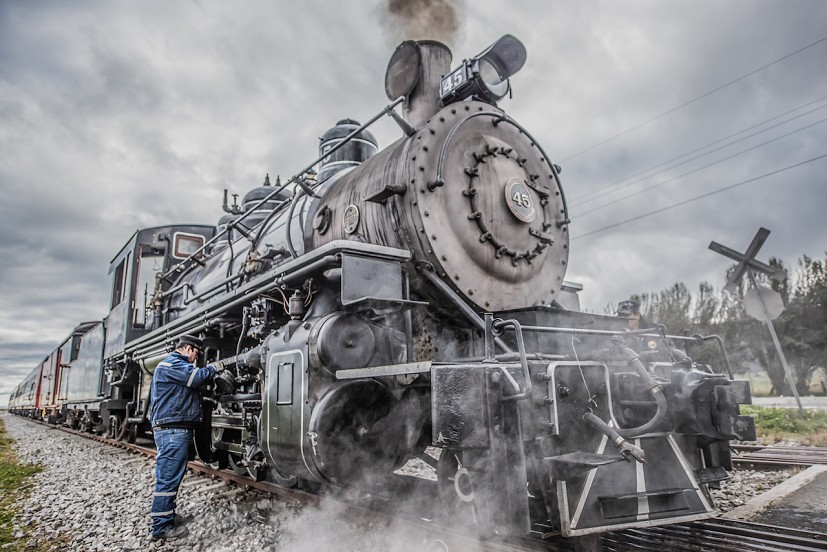
Baltazar has had a number of filmmakers visit him over the years, creating short documentaries and articles. As his reputation grew, a number of tour companies approached him asking if he would take tourists up the mountain with him. Sickeningly, these companies charged around $200 for the experience, but with only a fraction of this money going to Baltazar or the local community, he decided not to continue. Given that he is a man of few words and clearly not financially driven, it made me wonder why Baltazar was so keen to meet with the train passengers once a month. The answer became clear when we were asked to watch a small presentation assisted by the translator.
Rising temperatures from climate change are leaving Chimborazo irreparably damaged and almost unrecognisable due to the glaciers losing about 30% of their surface area in the past two decades and with Chimborazo's largest glacier, the Reschreiter, retreating by more than one kilometre during that same time period. Baltazar, of course, has seen this change first hand with his twice weekly climbs and the loss of ice has actually made the climbs more perilous. Rocks that were once held in place by ice now frequently tumble and fall below, while meltwater lakes overflow and often flood valleys and villages below, destroying crop fields and buildings in the process. Equally concerning is that the glacier and mountain water plays a crucial role in providing fresh water for the villages in the shadows of the mountain and as temperatures rise and vegetation is forced upwards, the retreating glaciers are changing the flow of water to the communities below.
Baltazar started his work on Chimborazo to follow in the footsteps of his father and continued it into later life due to pure enjoyment and dedication to the craft, but now as he approaches 80 years old, he finds himself with another role, that of climate activist. In the short film 'El Ultimo Hielero' directed by filmmaker Sandy Patch, there is a brief interview with his son who explains: "A lot of people tell me, you can continue with your dad's job, but I can't, I tried but I couldn't do it like my father, I'm too weak to go there."
Without his children carrying on the tradition of glacial ice harvesting, in years to come when Baltazar passes away the role and skills of the hieleros will die with him. But what has already been passed on through his passion, to locals and tourists alike, is the need to protect the glaciers and the world we live in.
Photography: @joshuapaulakers
Words: @alexouthwaite

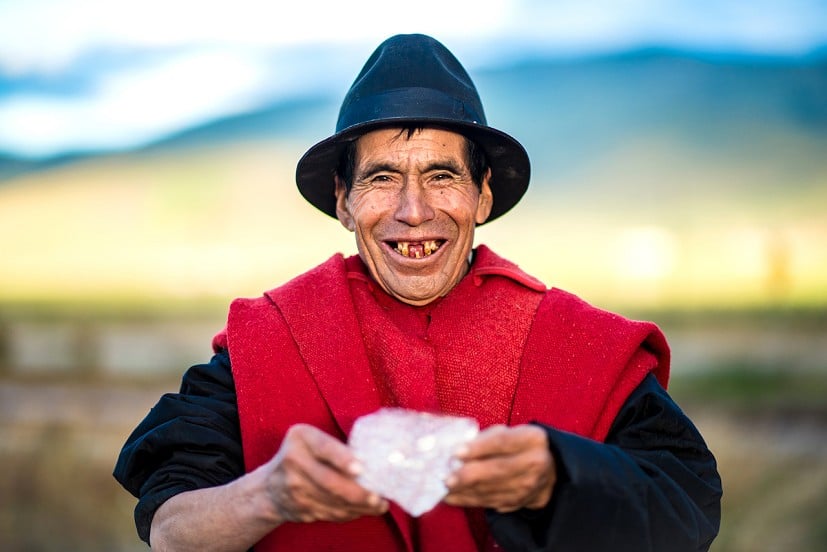

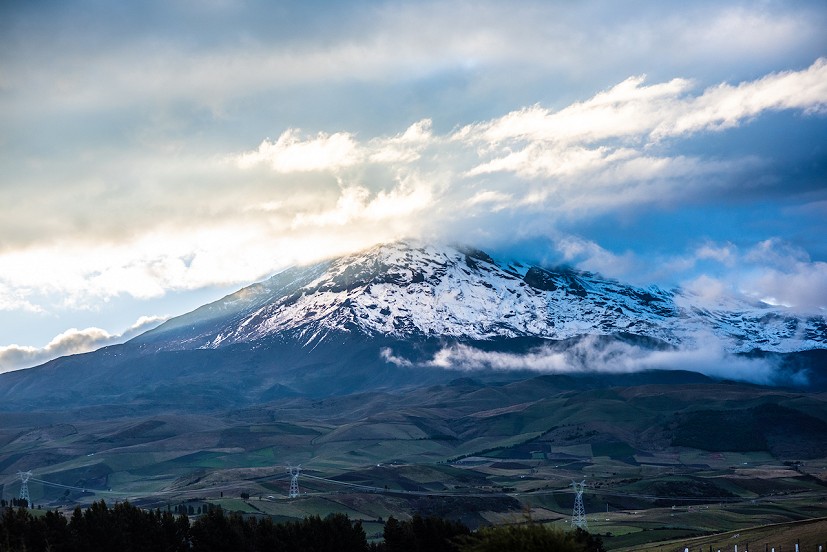
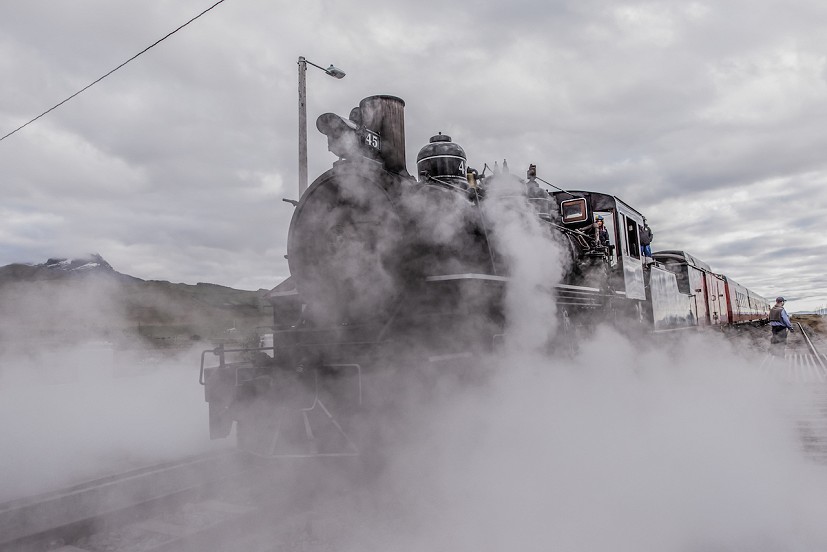

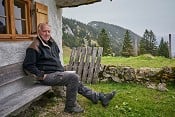
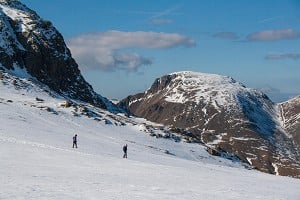


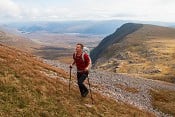




Comments
FFS you dislikers, you've had a sense of humour failure, can you not see that climbercool is joking?? Moreover with an inoffensive joke
Bet you're lots of fun at parties